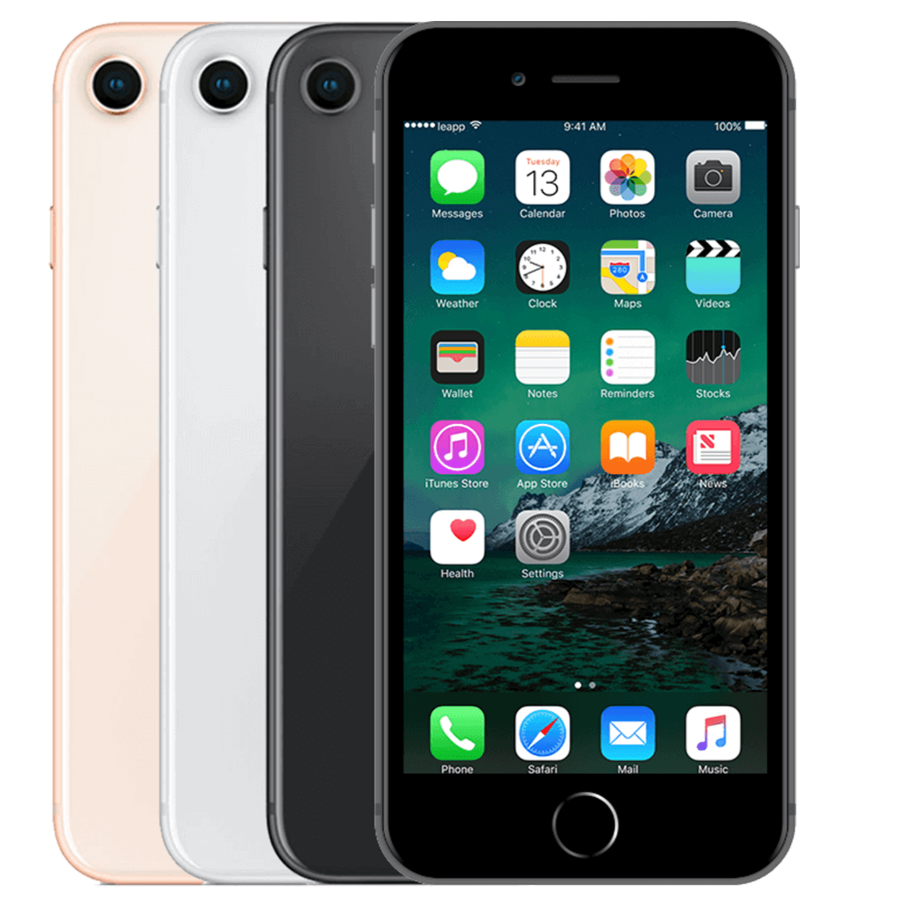iPhone full of photos? Here's how to easily transfer them to your PC.
Your iPhone is overflowing. Thousands of photos. Vacation snaps, birthdays, spontaneous moments. You know they need to go to your PC. Because soon your storage will be full. Or worse: your phone will crash and everything will be gone. So you search online for an explanation. iTunes, iCloud, cables, settings—it becomes a technical nightmare. But here's what no one tells you: transferring photos is actually the easiest thing you can do with your iPhone . No hassle with cloud subscriptions. No endless waiting for syncs. Just connect your phone with a simple USB cable , and four clicks later, all your photos are safely on your PC. In this article, you'll learn exactly how. No technical knowledge. No risk of loss. In less time than it takes to make a cup of coffee.
Useful links
- USB cables and adapters for iPhone
- iPhone cases for extra protection
- Refurbished iPhones with ample storage
Why transferring photos seems harder than it actually is
Most iPhone users face the same problems. Your phone constantly alerts you that storage is running low. You have important photos you don't want to lose. But as soon as you start searching for solutions, you're bombarded with technical jargon and complicated software.
The good news: transferring photos from iPhone to PC is much simpler than you think. Apple has significantly simplified the process over the years. You don't need expensive software or any technical expertise. With the right approach, you'll have all your photos safely on your computer in minutes.
The four available methods
Method 1: Directly via USB cable (fastest and most reliable)
This method always works and is the fastest. You only need a Lightning cable, the same one you use to charge your phone.
Steps for Windows:- Connect your iPhone with the USB cable
- Unlock your phone and tap 'Trust' when it appears
- Open the Windows Photos app (installed by default)
- Click 'Import' at the top right and select 'From a USB device'
- Check the photos you want to transfer
- Select a folder on your PC and click 'Import'
The transfer starts immediately. For 1,000 photos, this takes about 10-15 minutes, depending on the file size.
Method 2: Via iCloud (useful for automatic backup)
iCloud syncs your photos automatically, but it has limitations. The free version only offers 5GB of storage. For more space, you pay a monthly fee.
Steps:- Enable iCloud Photos on your iPhone (Settings > your name > iCloud > Photos)
- Download iCloud for Windows from the Microsoft Store
- Log in with your Apple ID
- Check 'Photos' and click 'Options'
- Select 'iCloud Photo Library' and 'Download New Photos'
- Your photos will automatically appear in the selected folder
Method 3: Via iTunes (for complete backups)
iTunes is old-fashioned, but it still works perfectly. The advantage: you can instantly create a complete backup of your entire phone.
Steps:- Download iTunes from the Apple website
- Connect your iPhone and open iTunes
- Click on the phone icon
- Select 'Back up' under 'Manual backup'
- After the backup, you will find the photos in the iTunes folder on your PC
Method 4: Via email or messaging services (for single photos)
This method works well for a handful of photos. Open the photo, tap share, and email it to yourself. Or use WhatsApp Web to send photos to your computer. Not practical for large quantities, but handy for quickly transferring specific photos.
Common problems and solutions
PC not recognizing iPhone:
- Try a different USB port
- Update iTunes to the latest version
- Restart both devices
- Check that the cable is not damaged
'Trust this device' doesn't appear:
- Unlock your iPhone first
- Go to Settings > General > Reset > Reset Location & Privacy
- Reconnect and the message will appear again
Photos not displaying:
- Keep your iPhone unlocked during transfer
- Temporarily disable power saving mode
- Check if you have enough space on your PC
Tips for after the transfer
Organize your photos directly into folders by date or event. This prevents chaos later. Create a folder structure like '2024 > Italy Vacation' or '2024 > Sophie's Birthday'.
Consider an external hard drive for extra backup. Keeping photos solely on your PC remains risky. A 1TB external drive currently costs less than €50 and offers space for hundreds of thousands of photos.
After successfully transferring photos, delete old ones from your iPhone to free up space. First, double-check that everything transferred correctly. Open a few random photos on your PC to check if the quality has been retained.
Set up automatic backup
Prevent future stress by setting up automatic backup. Windows has a built-in feature that automatically imports photos when you connect your iPhone. Enable this in Settings > Devices > Autoplay.
The combination of iCloud (for direct backup) and regular PC transfer (for local storage) offers the best protection. This way, you'll never lose photos again, even if your phone breaks or gets stolen.
Conclusion
Transferring photos from your iPhone to your PC doesn't have to be a technical nightmare. With a simple USB cable and four mouse clicks, thousands of photos can be safely on your computer in just fifteen minutes. The direct cable method remains the most reliable, especially for large quantities. Combine this with automatic iCloud backup, and you're doubly protected against loss. Make it a habit to transfer your photos monthly. This way, your iPhone will stay nice and fast, and you'll never lose those irreplaceable memories again.


























